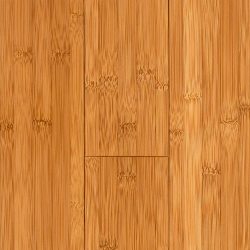
Figure 1 - Bamboo flooring
It installs in the same manner as any hardwood. However it should be noted that because of its hardness it requires carbide tipped saw blades, as shown in Figure 2, for cutting and a
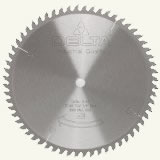
Figure 2 - Carbide tipped circular saw blade
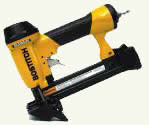
Figure 3 - Pneumatic hardwood flooring staple gun
The features and benefits that make bamboo an excellent flooring product are:
- Hardness
- Durability
- Beauty
- Environmental friendliness
Strength and Durability:
When looking at a cane of bamboo it may seem flimsy in appearance, yet its surface is actually 25 percent harder and it is just as strong as Red Oak the hardwood most often used in flooring. Its durability and impact resistance is unmatched as Bamboo has a harder surface than Rock Maple
Installed bamboo contracts and expands 50 percent less than most other hardwoods making it a perfect floor in most environmental conditions.
Colors and Grains:
Bamboo has two primary colors. Its natural color is a blonde hue that highlights the unique grain characteristics, and growth patterns. In order to create an amber tone bamboo, the product is smoked allowing the carbonization of the grains which then take on a caramel or amber hue throughout the cane.
Bamboo is milled both in the vertical and horizontal direction. When milled in the vertical direction the individual nodes (the characteristic joint in a bamboo cane) are not as bold providing a very even grain and coloration consistency. When milled horizontally the individual nodes, are highlighted creating an aesthetically enhanced grain pattern.
However, with new staining techniques bamboo flooring is now available in an assortment of colored finishes. Choosing a finish that will highlight and blend with the decor of your room should not be a problem.
Figures 4 through 9 show six of the available finishes:
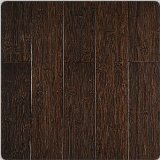
Figure 4 - Bamboo Flooring - Burnt Mocha
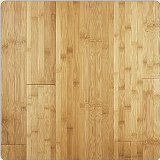
Figure 5 - Bamboo Flooring - carbonized horizontal
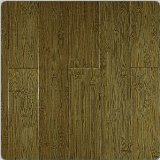
Figure 6 - Bamboo Flooring - Irish Moss
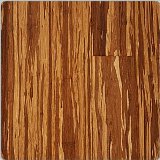
Figure 7 - Bamboo Flooring - strand woven, charred
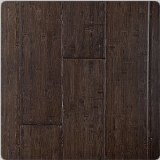
Figure 8 - Bamboo Flooring - Jacobean
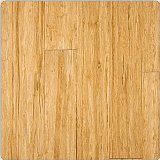
Figure 9 - Bamboo Flooring - strand woven, natural
Environmental Qualities:
Because bamboo is a grass not a tree, its growing cycle allows for harvesting every five years. Harvesting bamboo does not kill the plant it is the same process as cutting your grass, unlike the harvesting of a tree, which does kill the plant.
Bamboo is considered the fastest growing plant in the world. It provides a yield more than 25 percent higher than any hardwood species.
An extremely hardy plant, bamboo grows in areas that have been overgrazed by animals and does not require modern day agricultural techniques to ensure its continuous survival.
It may be noted, that conventional manufacturing techniques use approximately 65% of the bamboo to mill bamboo flooring material. However, new manufacturing techniques known as strand woven use 84% of the material, further reducing waste.
By using bamboo as your flooring of choice, you are choosing one of the strongest and most durable products available that still provides you with a luxurious finished product that will last for decades and has the added benefit of being environmentally friendly.
